What You Need To Know About Old Bay Seasoning
My family and I are big fans of Old Bay Seasoning. We especially love it when preparing soft shell crabs. It would be interesting to learn more about this historic seasoning, including who invented it, what’s in it, and how to use it.
Old Bay Seasoning is an iconic spice blend with a rich history and a cult following, particularly in the United States, especially along the Eastern Seaboard. Created in Maryland in the late 1930s by German immigrant Gustav Brunn, Old Bay Seasoning was originally intended to flavor seafood, specifically crab. Still, its versatility has made it a staple in kitchens worldwide.
The blend typically contains a mix of spices, including celery salt, paprika, mustard, pepper, and other herbs and spices, contributing to its unique flavor profile. Old Bay is known for its bold, savory, and slightly spicy taste, with hints of warmth and complexity from the various spices.
While it was initially marketed as a seasoning for seafood, Old Bay has since become a versatile ingredient in a wide range of dishes, including poultry, meats, vegetables, soups, stews, and snacks. It adds depth of flavor and a touch of nostalgia to recipes, evoking memories of summertime seafood boils and coastal cuisine.
It has also become ingrained in American pop culture, with its distinctive yellow and blue packaging and crab logo instantly recognizable to many. It has inspired countless variations and spin-offs, from potato chips to cocktails, further cementing its status as a beloved pantry staple.
Old Bay Seasoning is more than just a spice blend; it’s a cultural icon that has transcended its humble origins to become a beloved and essential ingredient in American cooking.
Gustav Brunn
Gustav Brunn was the inventor of Old Bay Seasoning. He was a German immigrant who significantly shaped American culinary history. Born in 1891 in Germany, Brunn immigrated to the United States in the early 20th century, seeking new opportunities and a better life.
In 1939, Brunn founded the Baltimore Spice Company in Baltimore, Maryland, where he created his iconic spice blend. The blend was initially called “Delicious Brand Shrimp and Crab Seasoning.” The seasoning was later renamed “Old Bay” in reference to the Old Bay Line, a passenger ship company that operated between Baltimore and Norfolk, Virginia.
Brunn’s Old Bay Seasoning quickly gained popularity in the Mid-Atlantic region, particularly among seafood lovers who appreciated its bold and savory flavor profile. Despite facing challenges during World War II, including shortages of certain spices due to rationing, Brunn persevered and produced Old Bay Seasoning.
After Gustav Brunn died in 1980, his company was sold to McCormick & Company, a leading spice manufacturer, which continues to produce Old Bay Seasoning to this day. Old Bay has become a cultural icon and beloved pantry staple in many American households, cherished for its versatility and unique flavor.
While Brunn’s life may not be extensively documented, his legacy lives on through Old Bay Seasoning, which remains a testament to his ingenuity, entrepreneurial spirit, and enduring contribution to American cuisine.
What’s In Old Bay?
While the exact recipe is a closely guarded secret, we know what herbs and spices are in the blend to create its distinctive flavor profile.
- Celery Salt: Celery salt combines ground celery seeds and salt, providing a savory base with a hint of celery flavor.
- Paprika: Paprika adds color and a mild, sweet pepper flavor to the seasoning blend.
- Mustard: Ground mustard seeds contribute a tangy, slightly spicy flavor to Old Bay Seasoning.
- Black Pepper: Black pepper adds warmth and a subtle heat to the blend.
- Bay Leaves: Dried bay leaves are ground into the mixture, providing a subtle herbal note and contributing to the seasoning’s signature aroma.
- Cloves: Ground cloves add a warm, aromatic flavor with hints of sweetness and spice.
- Allspice: Allspice, also known as Jamaican pepper, adds a complex flavor reminiscent of cloves, cinnamon, and nutmeg.
- Ginger: Ground ginger provides the seasoning with a zesty and slightly pungent flavor.
- Cardamom: Cardamom adds a floral, citrusy note with hints of spice.
- Red Pepper Flakes: Red pepper flakes or cayenne pepper may be included to add heat and a touch of spice to the blend.
These ingredients are combined in precise proportions to create the balanced and flavorful seasoning that has made Old Bay a beloved staple in kitchens worldwide. Some variations of Old Bay Seasoning may include additional herbs and spices for added depth and complexity of flavor.
Where To Use Old Bay Seasoning
Old Bay Seasoning is a versatile spice blend that adds flavor to various dishes. Some common uses for Old Bay Seasoning include:
- Seafood: It is most famously used to flavor seafood, including shrimp, crab, lobster, fish, and shellfish. It can be sprinkled directly onto seafood before grilling, broiling, baking, or frying or added to seafood boils and stews for a burst of flavor.
- Poultry: It adds depth of flavor to chicken, turkey, and other poultry dishes. It can be used as a dry rub for roasting or grilling chicken or mixed into marinades and sauces for added complexity.
- Potatoes: It is often used to season roasted or grilled potatoes, including French fries, potato wedges, and potato chips. It adds a savory and slightly spicy flavor that pairs well with potatoes’ earthiness.
- Vegetables: It can be used to season roasted, grilled, or sautéed vegetables, such as corn wedges and the cob, green beans, Brussels sprouts, and cauliflower. It adds depth of flavor and a touch of spice to vegetable dishes.
- Snacks: Old Bay Seasoning can be sprinkled onto popcorn, nuts, pretzels, and other snacks for a savory and spicy kick.

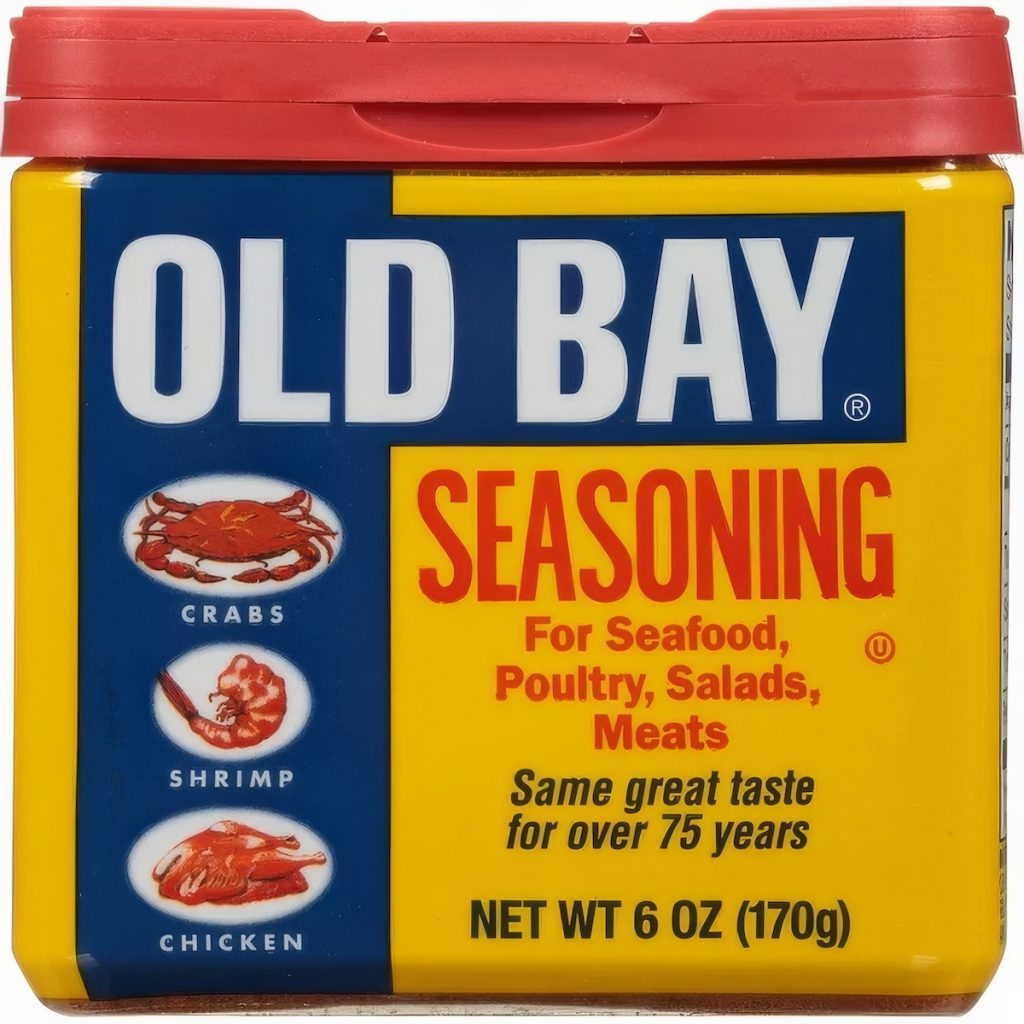
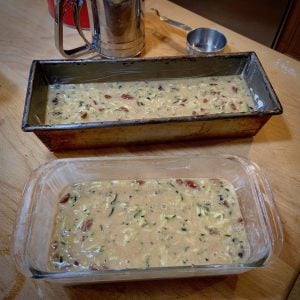
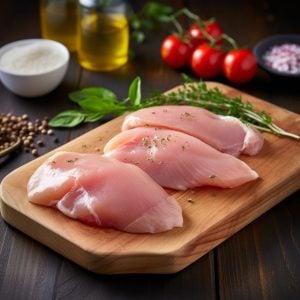
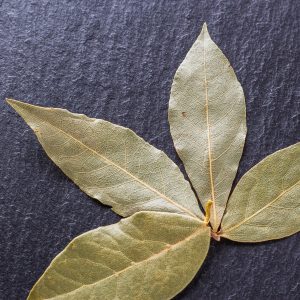

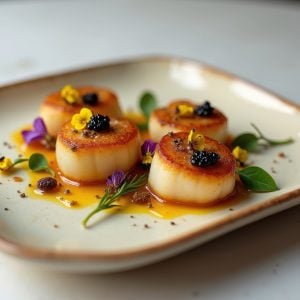
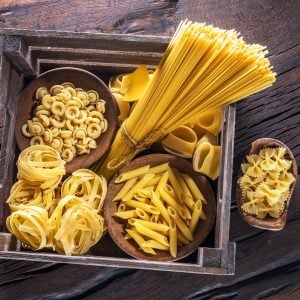





One Response
Nice job! As a native Marylander, we always have Old Bay in the pantry. We also like the various products that now come with Old Bay seasoning.